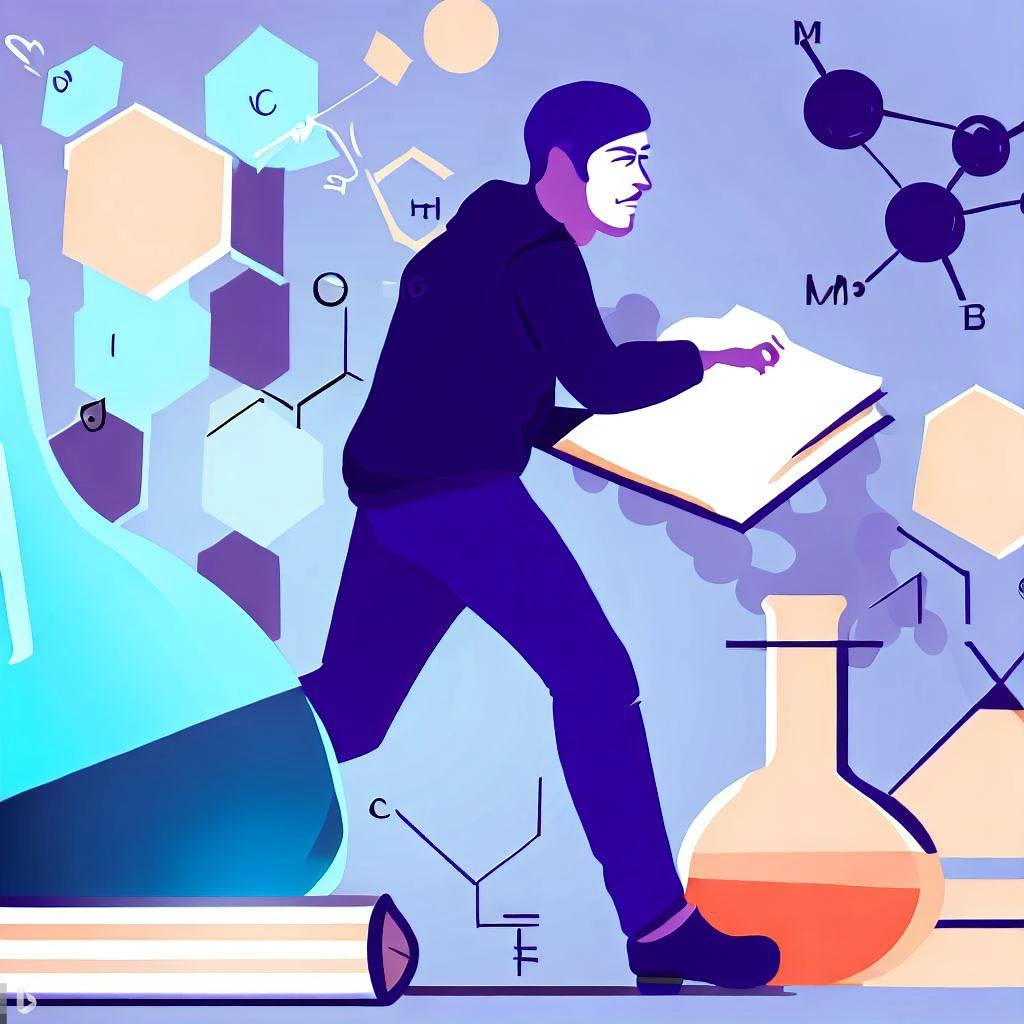Real-World Case Studies in Inorganic Chemistry


Medicine's Platinum-Based Anticancer Drugs: Inorganic Chemistry:
Particularly in the field of cancer treatment, inorganic compounds have made significant advancements. The use of platinum-based medications like cisplatin, carboplatin, and oxaliplatin is a well-known example. These substances have been shown to be effective in chemotherapy treatments for a number of cancers, including colorectal, ovarian, and testicular cancer.
These medications' effectiveness is attributed to their capacity to bind to the DNA of cancer cells, prevent those cells from proliferating, and ultimately cause cell death. For instance, cisplatin inhibits transcription and replication by altering the structure of the DNA by creating intrastrand cross-links.
The mechanism of action of these medications and their side effects may be examined in a project based on this case study. It might also entail investigating recent studies designed to increase these drugs' efficacy or lessen their side effects. This could entail looking into other metal-based medications, comprehending their benefits and drawbacks, and considering how these medications can be enhanced using the concepts of inorganic chemistry assignment.
Hydrogen Fuel Cells and Inorganic Chemistry in Energy Production:
Different energy production technologies, such as the creation and use of hydrogen fuel cells, depend on inorganic chemistry. The functionality of these cells, which transform the chemical energy of hydrogen into electricity, depends on a number of inorganic compounds.
At the anode, which is frequently made of platinum, hydrogen gas (H2) is split into protons (H+) and electrons (e-) in a hydrogen fuel cell. The electrons are compelled to move through an external circuit, creating an electric current, while the protons proceed through a proton exchange membrane. Inorganic catalysts make it possible for oxygen (O2) from the air to combine with protons and electrons at the cathode (often made of platinum or another catalyst) to create water (H2O).
Researching the operation of hydrogen fuel cells and their function in the development of a sustainable energy future may be the subject of a chemistry assignment related to this case study. This could entail looking into the various fuel cell components' material options, the difficulties associated with storing and transporting hydrogen, and the ongoing efforts to increase the effectiveness and affordability of these cells.
Industrial Inorganic Chemistry: The Haber-Bosch Process for Ammonia Synthesis
Processes used in industry, especially those that produce important chemicals, heavily rely on inorganic chemistry. A well-known example is the Haber-Bosch process, which creates ammonia (NH3) from nitrogen (N2) and hydrogen (H2).
Iron serves as a catalyst in the Haber-Bosch process, which uses high pressure and heat to help turn nitrogen and hydrogen into ammonia. The ammonia produced from this inorganic chemical reaction, a crucial component in the production of fertilizers and a key factor in raising agricultural productivity, has had a significant impact on the world.
The chemistry underlying the Haber-Bosch process, including the function of the iron catalyst and the conditions necessary for the reaction to happen, could be examined as part of a case study-related assignment. It could also entail investigating potential alternate processes for producing ammonia as well as researching the environmental effects of this process, particularly the energy use and CO2 emissions connected with it.
Lithium-Ion Batteries and Inorganic Chemistry in Battery Technology
The creation of effective and dependable energy storage systems is becoming more and more important as society moves toward renewable energy sources. Here, inorganic chemistry is essential, especially for the development and use of lithium-ion batteries.
Anode (typically made of graphite), cathode (typically a lithium metal oxide), and electrolyte (a lithium salt in an organic solvent) are the three main parts of a lithium-ion battery. Lithium ions move through the electrolyte from the anode to the cathode during the discharge of the battery, while electrons move through the external circuit to power devices. During charging, the process is turned around.
Examining the nuances of lithium-ion battery operation, the selection of materials for the anode, cathode, and electrolyte, as well as the difficulties associated with the life cycle, efficiency, and safety of these batteries, are possible assignments related to this case study. Students could also research new battery technologies, such as sodium-ion, solid-state, and lithium-sulfur batteries, and contrast their potential benefits and drawbacks with those of lithium-ion batteries.
The Chemistry of CFCs and Ozone Depletion in Inorganic Chemistry and the Ozone Layer
We can better understand and address important environmental problems like the ozone layer depletion thanks to inorganic chemistry. CFCs, which were once commonly used in aerosols and refrigerants, are a major factor in this phenomenon.
When CFCs are released into the atmosphere, a problem occurs. They gradually ascend to the stratosphere, where solar radiation breaks them down, releasing chlorine atoms. These chlorine atoms can catalyze a reaction that turns ozone (O3) into molecular oxygen (O2) by destroying ozone (O3). This process lowers the stratospheric ozone concentration, resulting in the development of the infamous "ozone hole."
A project based on this case study might investigate the chemical interactions between CFCs and ozone in the stratosphere. Additionally, it could explore the effects of ozone depletion on the environment and the steps taken to mitigate this issue, like the Montreal Protocol. To further emphasize how inorganic chemistry contributes to the design of environmentally friendly materials, the development of CFC substitutes could be investigated.
Carbon dating and inorganic chemistry in archaeology:
Through methods like carbon dating, inorganic chemistry also plays a critical role in areas like archaeology. The age of ancient artifacts and fossils can be ascertained by scientists using carbon dating, also known as radiocarbon dating.
Living things absorb carbon-14, a radioactive isotope that is produced in the atmosphere by cosmic radiation. When a living thing passes away, it stops absorbing carbon-14, which then starts to degrade at a predetermined rate. The amount of Carbon-14 still present in a sample and that of a living organism can be compared to determine how long it has been since the organism died.
Understanding the underlying concepts and procedures of carbon dating, its uses and restrictions, and the function of inorganic chemistry in this and other dating techniques may be part of an assignment on this case study. This could go even further and look at how carbon dating has helped us understand human history and evolution, as well as how it has been used in other disciplines like geology and climatology.
Conclusion:
There is more to inorganic chemistry than just textbooks. These case studies show how it supports a wide range of real-world scenarios. It has the potential to address a number of global issues, including medical conditions, energy production, and industrial applications as well as environmental degradation. Students gain a deeper understanding of inorganic chemistry concepts as well as an appreciation of their practical relevance and potential impact on our world by examining these real-world scenarios through assignments.